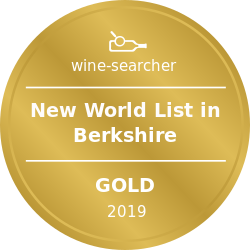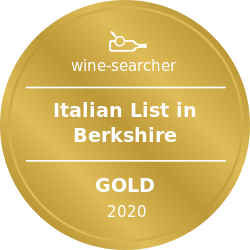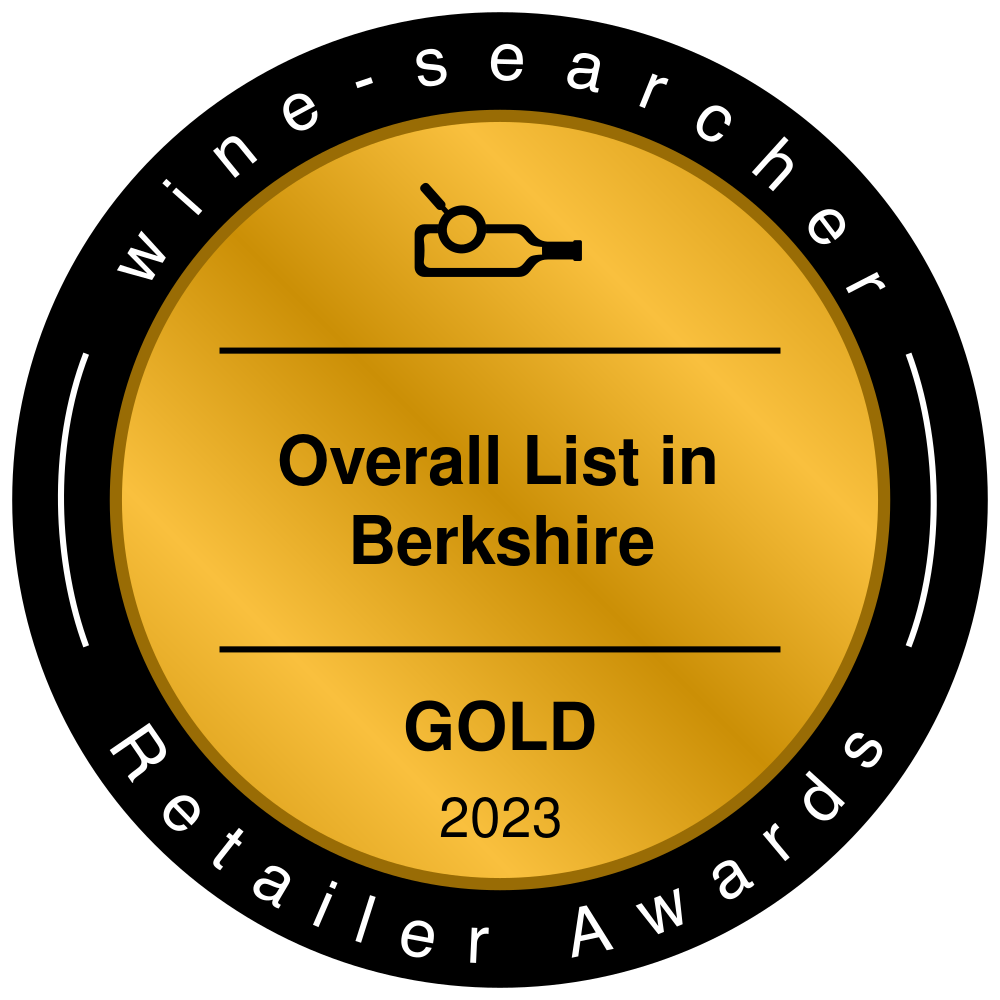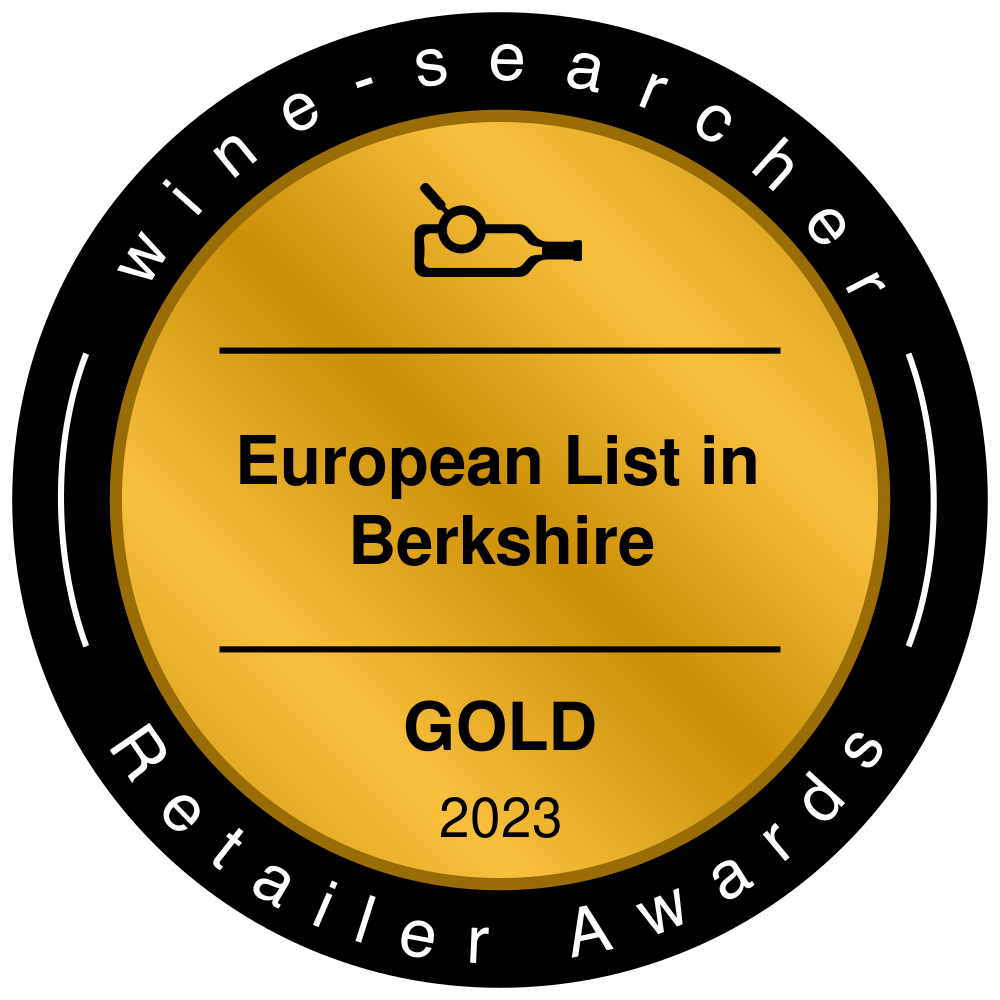My favourite wine shop. Fantastic selection of wines for every budget, the staff are knowledgeable and friendly. Eton Vintners also stock the most amazing hampers at Christmas. I can not resist popping in when I am in the area, but I mainly take advantage of their excellent home delivery service.
A lovely wine shop in the centre of Windsor. They had a fairly wide variety of wines for the size of the shop, including an excellent selection of organic/natural wines. I picked up a French wine from Alsace and a Georgian wine and was very happy with both of them.
The range of wines at Eton Vintners is fantastic! I absolutely love all their vintage wines, what an excellent find. Will definitely be coming back for more.
My favourite wine shop. Fantastic selection of wines for every budget, the staff are knowledgeable and friendly. Eton Vintners also stock the most amazing hampers at Christmas. I can not resist popping in when I am in the area, but I mainly take advantage of their excellent home delivery service.
I've used Eton Vintners for many years and have always found the staff unfailingly helpful and wise. The wine selection is fantastic - the shop is an Aladdin's cave of variety, plus they take care to avoid mass-produced liquid that passes for wine elsewhere with made-up labels. Highly recommended, especially the Bordeaux selection but all geographies are good. Delivery service is also great - never had a hitch.
Awards & Recognition

Australian List in Berkshire Gold | 2019

New World List in Berkshire Gold | 2019

Italian List in Berkshire Gold | 2020

Overall List in Berkshire Gold | 2023

French List in Berkshire Gold | 2023

European List in Berkshire Gold | 2023